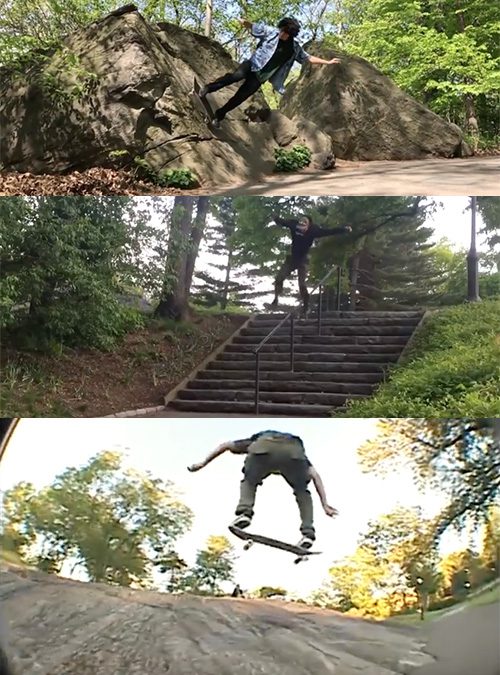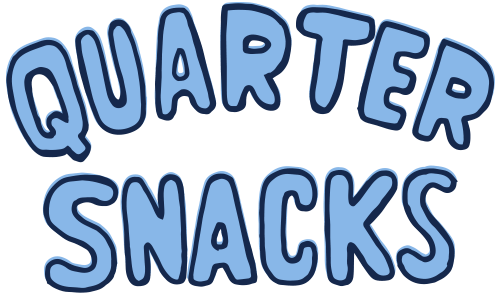
New York skateboarding has a storied infatuation with nothingness. We’ve all been taken to a new spot by our friends, only to greet it with a “…this?” upon arrival. Our most famous street spot is an empty square — a blank canvas for the debris that the city creates. Objects get grinded on, marked up, and discarded. We return to nothing until the next pallet, old television set or traffic cone tumbles into our lives.
These empty spaces are accessible — 9th and A, 12th and A, Houston and Sixth — we all pass by them dozens of times each week. It is natural that we get sucked into their orbit rather than risk a kick-out somewhere in the Financial District. But there is another notoriously spot-deprived space that has been popping up in clips with greater frequency: Frederick Law Olmsted’s masterwork of civil engineering, Central Park.
The one kinda spot in Central Park hasn’t been waxed since before construction began on the Freedom Tower, and like, who skates The Flats anymore? Yet skaters are forgoing more skate-friendly rock spots in exchange for unchartered rocks, seeking out the one reasonable handrail in a 843 acre grassy abyss, and sessioning something as mundane as a wooden road divider — all inside a place famous in skateboarding for the mere fact that it has nothing to skate.
Are we subconsciously planning refuge because we’ve been confronted with a future where the Parks Department succeeds in figuring out how to knob T.F. spots? Do we just need green spaces and trees more than we think? Will the lower rungs of ledge skating’s diminishing middle class find itself embracing The Central Park Curb™ as an actual spot, and not just where Ted Barrow reminds us that he can back tail very well? And does anyone realize that nobody skates what’s actually probably definitely the best spot in Central Park — that kinda downhill set of three smooth threes at the bottom of the Reservoir?





